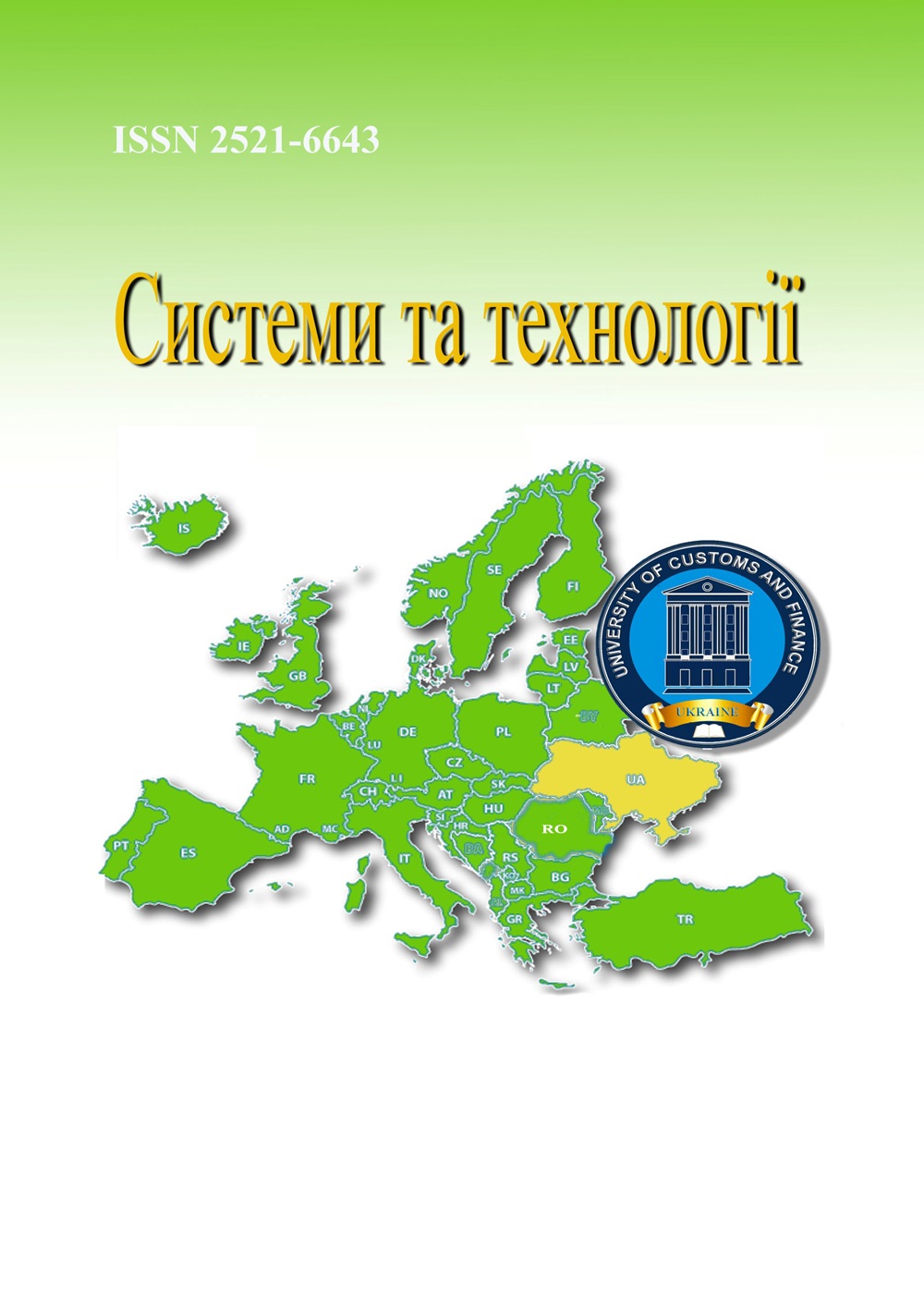TYPES, CHARACTERISTICS AND EXECUTION METHODS OF CYBER FRAUD
Abstract
The article is dedicated to the study of cyber fraud characteristics and classification, methods of its execution. It examines key factors contributing to the rise of cybercrime, including the rapid digitalization of society, economic destabilization, the psycho-emotional vulnerability of the population, and the advancement of social engineering technologies.In today’s world, where technology has become an integral part of our daily lives, cyber fraud has become one of the biggest threats. With the growing use of the internet and mobile devices, cybercriminals are finding new ways to defraud people and organisations, causing them significant financial and reputational damage. The process of cyber fraud often begins with fraudsters collecting information about their potential victims. This can be personal data, financial details, or even online behavioural history. Using this data, criminals create convincing fake platforms or messages. The purpose of the article is to examine the current state of cyber fraud in the country and offer advice on protecting personal data and finances. The main types of fraud are analyzed, including phishing, manipulative schemes in e-commerce, cryptocurrency fraud, and cyberbullying. Special attention is given to the specifics of fraudulent schemes in wartime conditions, including fake charitable initiatives and fraud involving disinformation.Cyber fraud is a real threat that is growing every year, and protecting yourself from it requires care and caution. It is important not only to choose reliable online platforms, but also to have a strategic approach to online security. It is necessary to be vigilant and use modern protection methods to minimise risks and avoid them. Combating cyber fraud is one of the most important tasks for modern organisations and Internet users. The study proposes approaches to combating cybercrime, which include improving digital security mechanisms, enhancing public cyber literacy, and implementing effective measures for detecting and counteracting fraudulent schemes.
References
2. Організація розкриття шахрайств, учинених в кіберпросторі / Шевчишен А. В., Романов М. Ю., Волобоєв А. О., Лунгол О. М., Габорець О. А., Головкін С. В.; за заг. ред С. С. Вітвіцького. Київ : Алерта, 2023. – 200 с.
3. Про основні засади забезпечення кібербезпеки України : закон України від 17.08.2022 № 2163-VIII. Вебпортал Верховної Ради України. Режим доступу: URL: https://zakon.rada.gov.ua/laws/show/2163-19#Text
4. Haborets O. The impact of cyber threats on community and citizen security: analysis and perspectives on resolution. Взаємодія державних органів та громадськості у сфері протидії кримінальним правопорушенням у центральних регіонах України : матеріали круглого столу (17 квітня 2024 року, м. Кропивницький). Кропивницький : ДонДУВС, 2024. С. 36–37. Режим доступу: URL: https://surl.li/nzkzfl
5. Rybalchenko L. Ensuring economic security of enterprises taking into account the peculiarities of information security / L. Rybalchenko, A. Kosychenko, I. Klinytskyi // Philosophy, Economics and Law Review. – 2022. – Volume 2, no. 1. – Р. 96-107. https://doi.org/10.31733/2786-491X-2022-1-96-107
6. Опендатабот. Шахрайство. Режим доступу: URL: https://opendatabot.ua/analytics/fraud-2024-12

 ISSN
ISSN 




